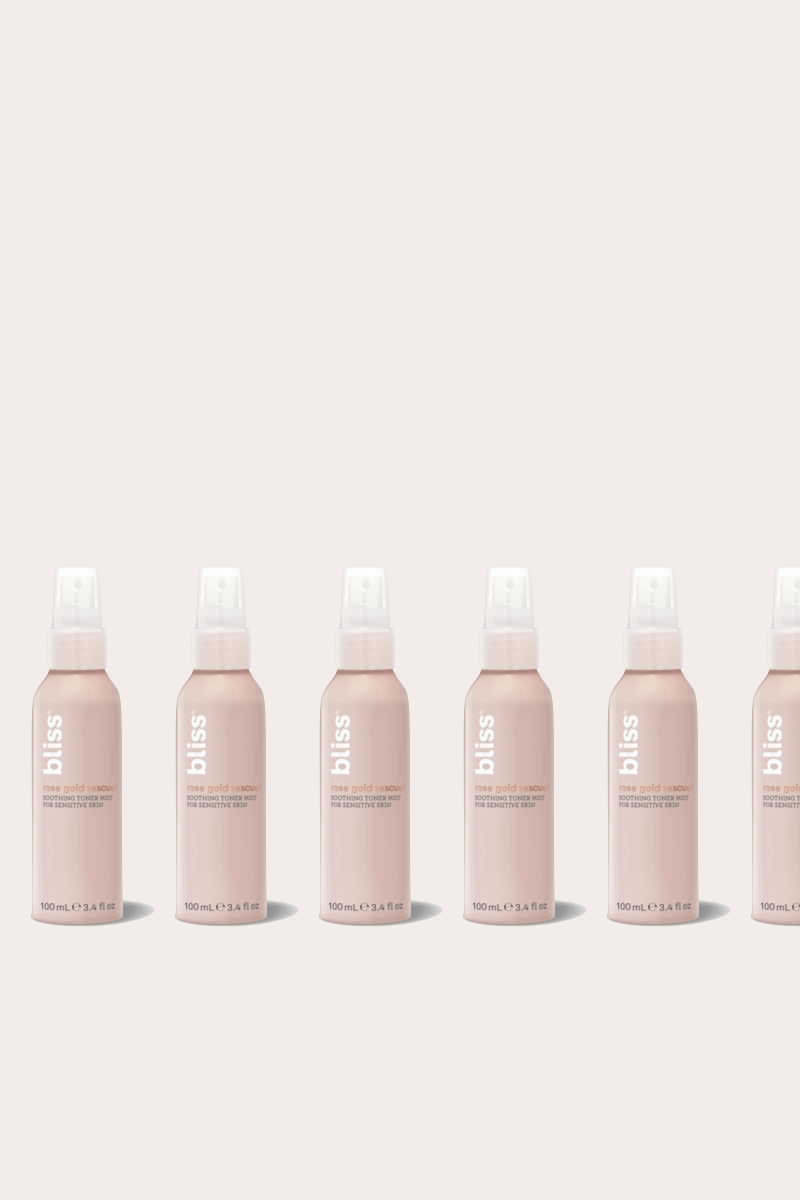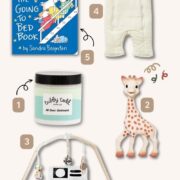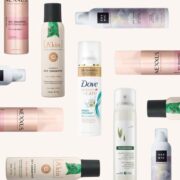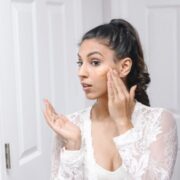So you’re invested in starting a skincare routine. You’ve done the research, purchased the expensive products, and now what? Are you staring at a countertop full of products and confused about how to apply them?
We get that. I remember the first time I decided to add serums, essences and retinol to my routine. It was overwhelming to say the least. I couldn’t remember in what order to apply them or what combinations were the best.

A well-rounded skin care routine that protects, hydrates, and improves your skin is one that requires many layers. Especially if you are looking to fix skin issues, you need serums and active ingredients and finding the right pairing for these can get a little tricky.
This article lays out the groundwork for you especially to avoid the big mistakes and a definitive order that you can easily memorize.
What order do you layer skin care products?
The basic rules are to cleanse and then apply the products from the thinnest to the thickest inconsistency. So, basically, the more water-like a product is, the earlier you’ll apply it in your routine, and the creamier a product is, the later it comes.
This is simply to ensure maximum absorption of each product and to reduce any interference.
You don’t have to jump into doing multiple steps right off the bat. If you’re on the Lazy Girl Skincare train – you simply need to cleanse, moisturize and add SPF during the day, this is the one thing we want you to take very seriously. In the evening, double cleanse even if you are not wearing makeup and moisturize to keep your skin supple and healthy.
You do need to be prudent when establishing a skincare routine. It is not worth it to start doing 10 steps if you are not going to stick to it in the long term. So, start small and build consistency.
If you feel ready for advanced-level information, keep reading.
Related: An Expert Shares What Our Skincare Routine Order Should Be
How to layer products in the morning?
Let me make it really easy for you. In the morning you will cleanse, tone, apply a serum (most likely a vitamin c or another antioxidant) and follow it up with a moisturizer and sunscreen.
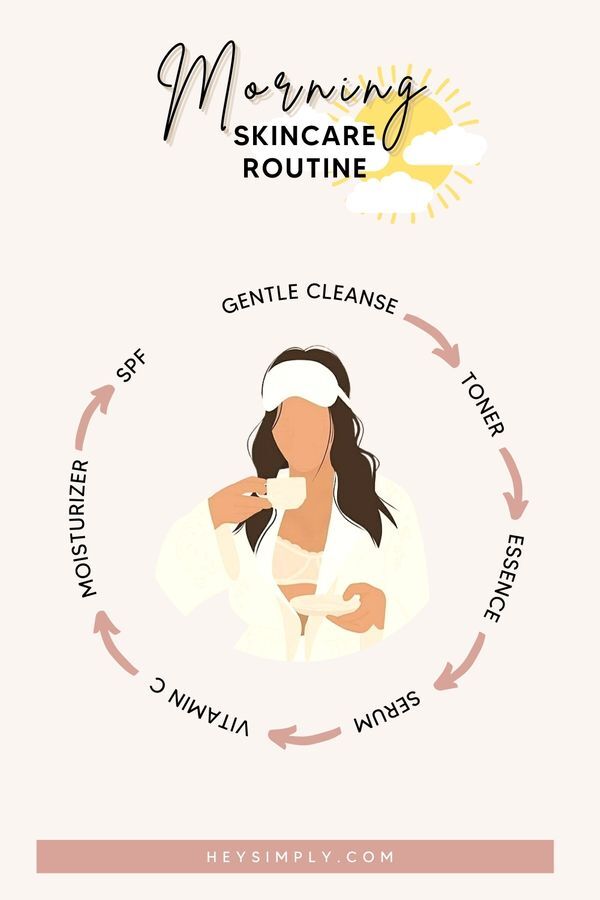
How to layer products in the evening?
An evening skincare routine however can get a little bit complicated. This is the time to make the most of your products. Cleansing and toning are still the first steps of this routine. It is best to double cleanse in the evening to start off on the right foot.
After that, we can get into the good stuff. Essences should be applied after toner because it has a thin consistency and is quickly absorbed. This will be followed by the serums of your choice. The thicker serum goes after the lighter one unless there is an exception. Then you can finish it off with a moisturizer.
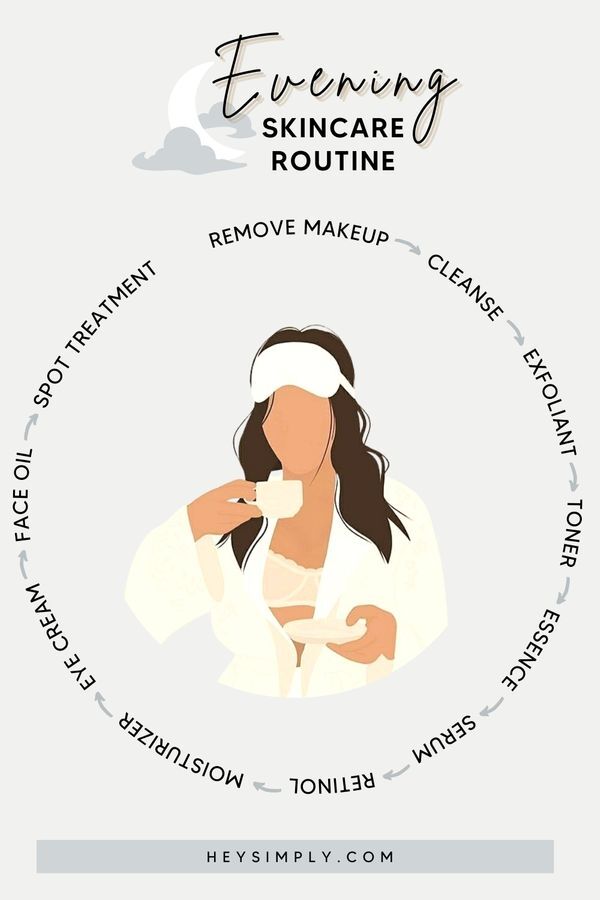
How long should you wait between skincare steps?
This is something we never hear anyone talking about. Why does no one talk about this? We are always hearing about the best new serum or a new moisturizer in the market, but never how long to wait between applying the two or if you need to wait at all.
Making the most of your products can sometimes require patience. I know by the time you summoned all of your energy to even wash your face the last thing you want to do is a 10 step skincare routine that requires patience and waiting.
To make sure that your products are not mixing and that you are truly layering them, you need to add some buffer time in-between applications. There isn’t a strict timeframe since products, textures, and consistencies vary. In general, you want to feel like a product has penetrated into the skin before you apply the next one.
The rule of thumb is to give your skin about 30-60 seconds between each product. Expert does mention the importance of waiting in between serums and moisturizers. You want to be sure that your serum has penetrated the skin before you apply your moisturizer.
When it comes to sunscreen and spot treatment, the importance of waiting increases. These are products that should not be diluted whatsoever. So, it is key to wait at least a minute between the last product you apply and your spot treatment. This will be a good time to brush your teeth or your hair. That way you are not just standing and staring at the mirror. Unless that’s your thing, then do you.

Mixing versus layering skin care
Mixing products is almost never a good idea. Unless of course, the product recommends you do so. This is because mixing skincare products changes the chemical components of the product and by the time you apply your concoction to your skin you can’t be certain if it is safe for your skin or even if the ingredients will have a positive effect.
Layering is the way to go. Yes, it takes a little more time, but by layering your products you can ensure that your skin receives them the way they were intended to be used.
Can you layer face serums?
Do you have a serum for each day of the week? Well, you can layer them (correctly) and see the benefits even quicker.
Layering serums might seem intimidating at first. They are packed with active ingredients after all. Some combinations can be bad, seriously, it can have counter effects and really damage your skin barrier. We’re here to make sure that doesn’t happen to you.
As a rule of thumb, layering more than two serums can get tricky. If you are starting out, limit yourself to layering two serums in one routine. That means two for the morning and two at night.
Can you layer niacinamide and hyaluronic acid?
If you want hydrated skin this is the answer, niacinamide, and hyaluronic acid. Niacinamide is one of those ingredients that solve most of your skin woes. Acne? It heals. Inflammation? It calms. Hyperpigmentation? It reduces.
Pairing this amazing ingredient with a humectant like hyaluronic acid will keep your skin healthy. It might not give you radical results instantly, but over time this combination will steadily improve your skin and function as a great staple in your routine.
Remember that hyaluronic acid should be applied to damp skin for optimal results so we would go HA first and then Niacinamide.
Favorite Hyaluronic Acid Serums
- LÓreal Paris Hyaluronic Acid (available on Amazon!)
- La Roche Posay Hyaluronic Acid Serum
- The Ordinary HA (very affordable)
Favorite Niacinamide Serums
Related: Do you need an essence, a toner or a serum? Or all 3?
What serums should not be layered?
The rules for layering serums are not at all about the serums themselves; it is about being cognizant of the ingredients that these serums contain. Some ingredients should never be layered and you can apply these on alternate days. The rule of thumb is to never mix active ingredients
- Never layer two serums with the same actives. Using more will not equal better results.
- Never mix retinol with Vitamin C serums
- Never mix any chemical exfoliants like AHA’s and BHA’s with other actives
- If you have sensitive skin avoid mixing Vitamin C with Niacinamide.
Rules for Layering Retinol
The reason why it gets complicated with retinol is that while this serum is essential to your skincare routine, it’s always a common irritant. Retinol is strong so you always want to pair it with a moisturizer.
As far as serums go, Niacinamide and Hyaluronic Acid are the safest serums to pair with any active, especially a retinol product.
Stay away from anything with benzoyl peroxide in it, if you are using retinol. That combination will cancel each other out and leave you with inflammation. You’ll be the victim of their battle.
Deciding when to apply retinol is a complex decision that depends on the type of product your retinol is packaged in. Obviously, if it is a serum it goes before your moisturizer and if it is a cream it goes after.
Nonetheless, the most important thing is to ensure that your skin has absorbed the previous product before applying retinol.
Which comes first Retinol or Hyaluronic Acid?
Hyaluronic Acid goes on your skin first and then Retinol. This is where you should take a moment and wait for the hyaluronic acid serum to truly penetrate into your skin. There should be a minimal amount of moisture on your skin when you apply a Retinol serum. Any kind of dampness on your skin will create an opportunity for it to absorb more of the retinol than necessary and this will irritate your skin.
Don’t forget to always apply your moisturizer after your retinol.
Where does sunscreen go in my skincare routine?
Sunscreen goes after all your skincare products and right before your makeup. Plus you need to always let your sunscreen absorb into your skin (at least feel dry before you add any other product to it). You want to minimize any risk of your sunscreen being diluted by your other skincare products.
Applying physical sunscreen is not easy because of the thicker and heavier texture, but you’ll be ready for sun exposure immediately after application. What I mean is that you’ll be instantly protected.
When using chemical sunscreen however you need to remember to wait 15-20 minutes before being out in the sun. It takes time to develop protection for your skin.
Seven Layer Skin Care
Layering skincare is not exactly a novel idea but the Korean beauty world revolutionized the concept and made it make sense.
So, the 7 Skin Method is all about layering your toner or essence 7 times. Yes, you read that right. It is all about ditching all the other products in your routine in favor of one thing? Yes. It is odd? Yes.
The key here is to use a nourishing and hydrating toner. One that doesn’t have any alcohol. This method is supposed to shock your skin into clarity. Much like an ice bath when you are drowsy.
Since toners are mostly water-designed to absorb into the skin, choosing to layer on toner helps your skin get hydration and heal. According to The Korean Skincare Bible, it is great after prolonged sun exposure, during travel, or while dealing with changes in the climate.
Recommended toners:
Related: What Does Toner Do & Why Do You Need It?
Final Thoughts on Skin Layering
Layering skincare products can yield amazing results, but like anything, if it is not done correctly, it can be detrimental. Your facial skin is delicate and you should be careful with it. Understanding how ingredients interact with one another is key to layering products properly.
Here we have listed the basic rules that will ease this process however, learning more about the products you own and your skin type will help you make more informed decisions and ensure better results with your skin. We have also written a post about creating a skincare routine for beginners. It will be helpful for anyone trying to add new products to their routine and create a more robust combination of products.
Remember, you don’t have to do everything all at once. Start slow. Cleanse, moisturize and add SPF, that’s the mantra that you need to remember.




